Exploring Ecology Through Birdsong in Songshan Cultural and Creative Park
image/article: Li Ming-Huang As well as the three most common urban bird species—sparrows, Japanese white-eyes, and Chinese bulbuls, here you can see fish-eating waterfowl and mountain birds living amongst the old copses, ponds, and surrounding vegetation, including some species unique to Taiwan. Even more remarkable is the discovery of the critically endangered black-naped oriole, testament to the value of this natural environment. The best times for bird watching are the early morning and dusk, when birds are actively foraging. Flocks of small birds like Japanese white-eyes and Chinese bulbuls can be seen in the treetops, feeding on fruit and insects. On pleasant September mornings, Oriental magpie-robins sing their beautiful songs as they flit from branch to branch. The ponds are another astonishing attraction. In the heart of the city, you can find birds such as common moorhens, white-breasted waterhens, black-crowned night herons, and little egrets living in the area, and even a few kingfishers hunting for food, showing that the maintenance of the outdoor environment here takes into account its ecological value. Conventional methods used to maintain local parks and roadside trees involve harsh chemicals, aggressive pruning, and monoculture planting, which makes it impossible to support such rich biodiversity. The Songshan Cultural and Creative Park in Taipei City offers more than just an innovative platform for the new generation. With its historic buildings, mature trees, and diverse ecological habitats, the park is like a natural museum hosting unending “special exhibitions” of life. The wide range of lifeforms living in symbiosis in Songshan Cultural and Creative Park is truly a moving spectacle that we hope many more people will be able to witness, so that the essence of this land can continue to thrive.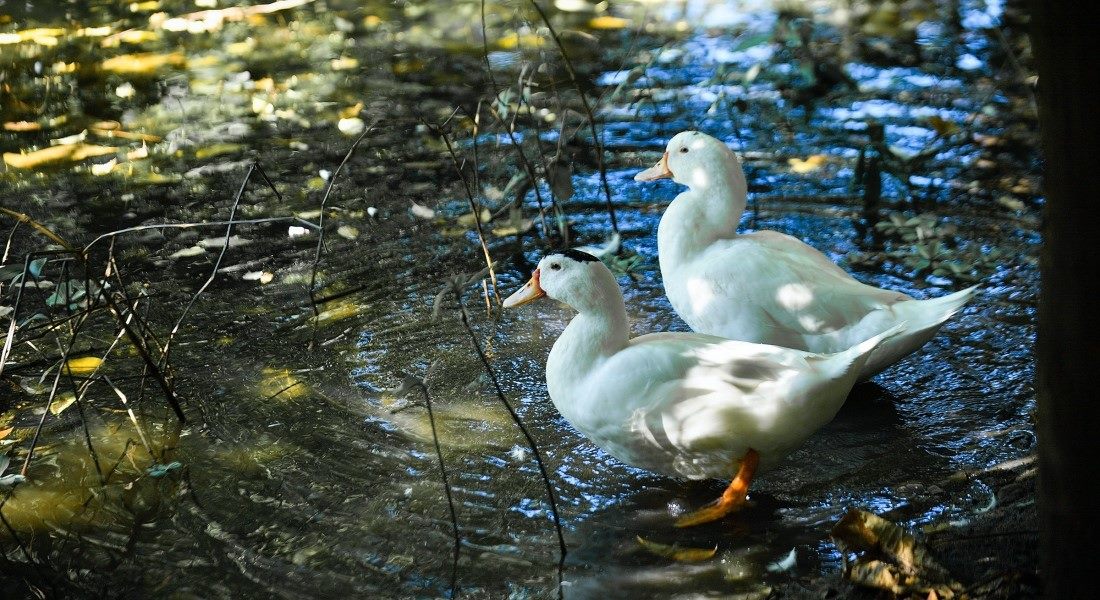
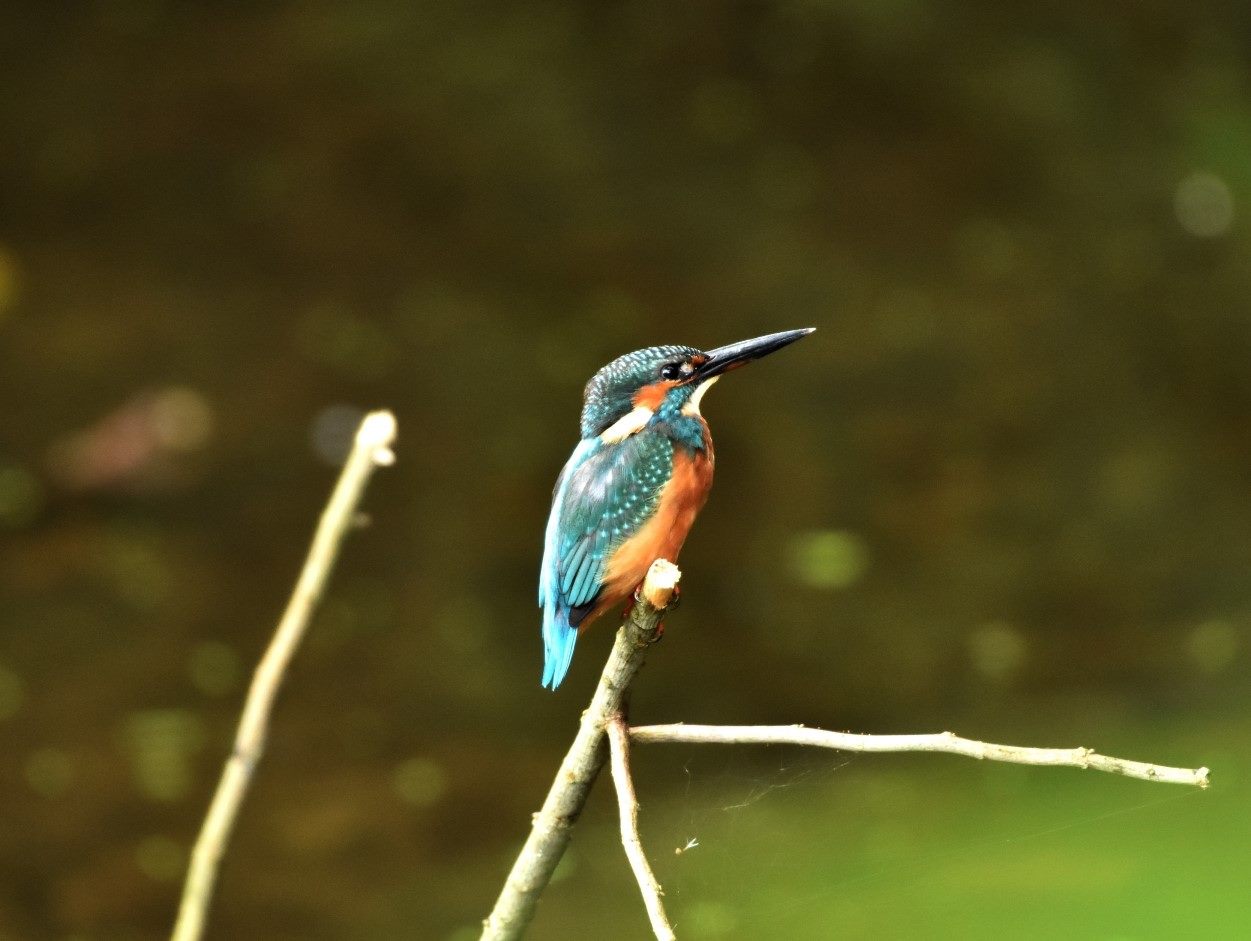
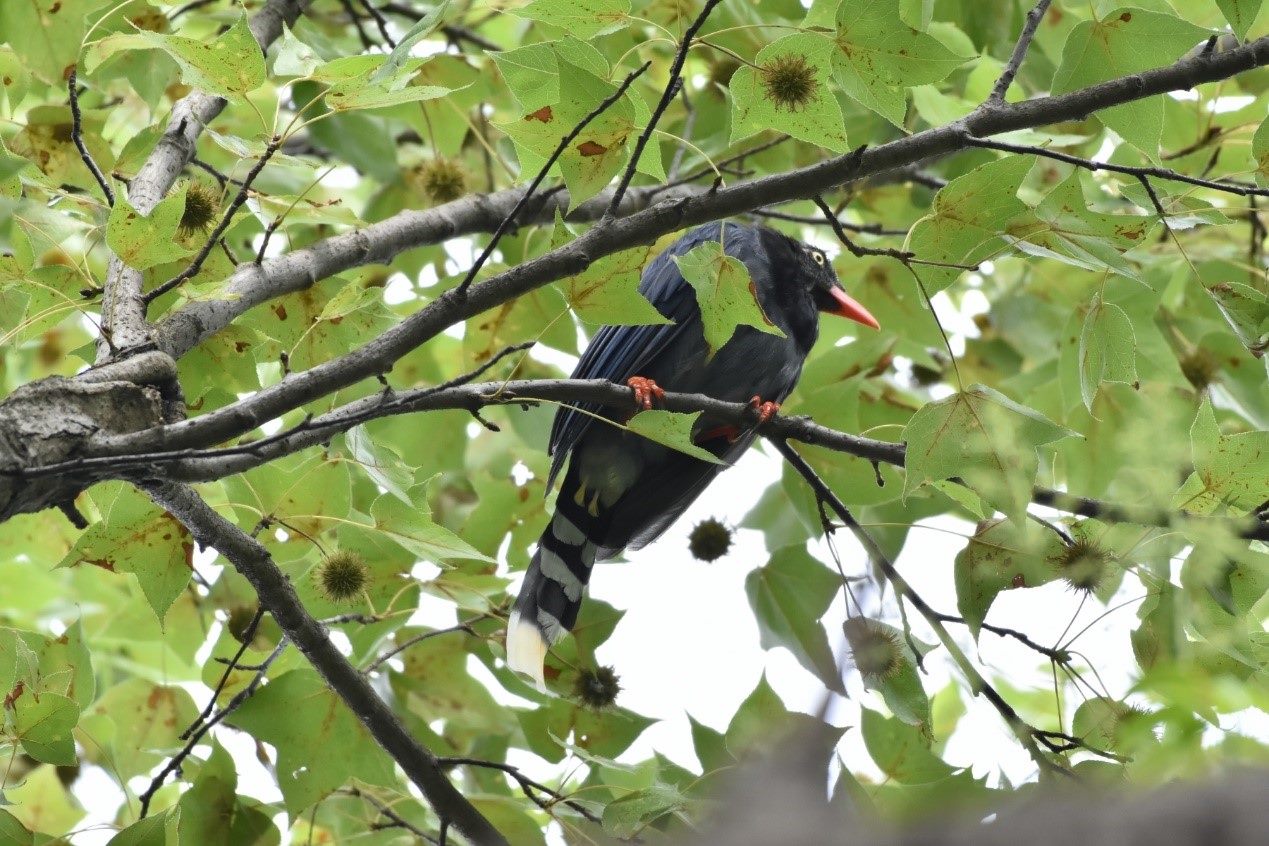
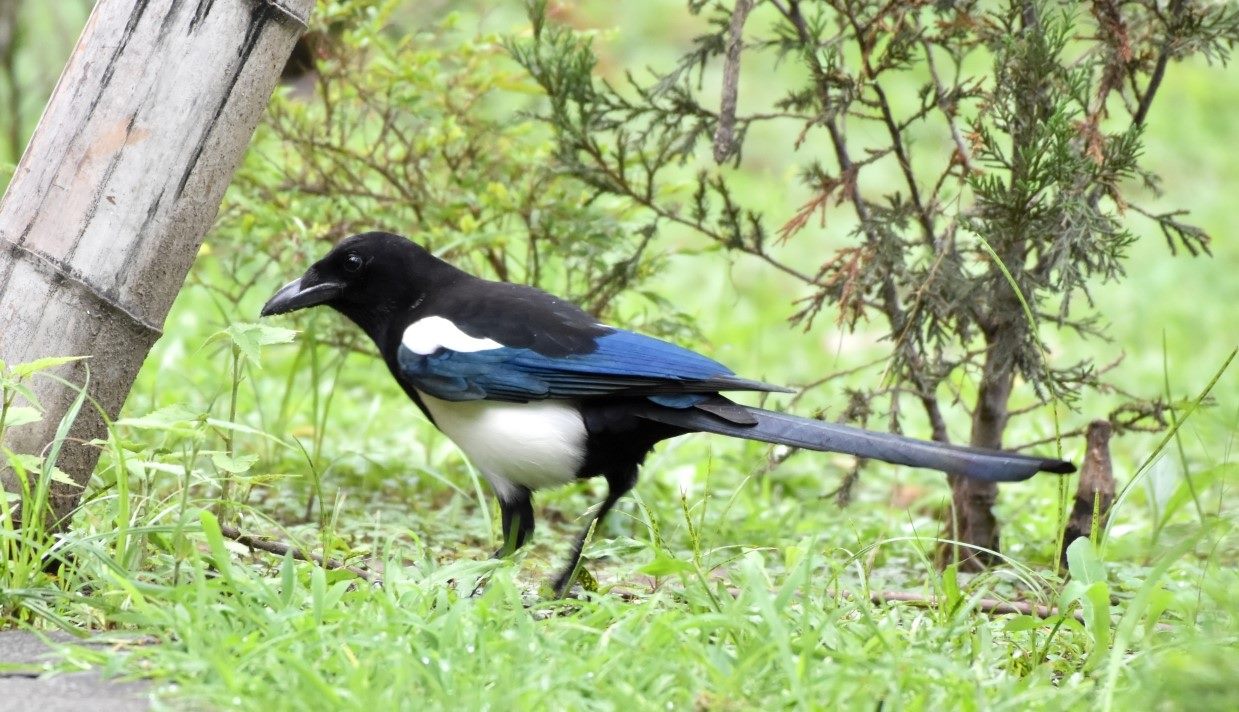
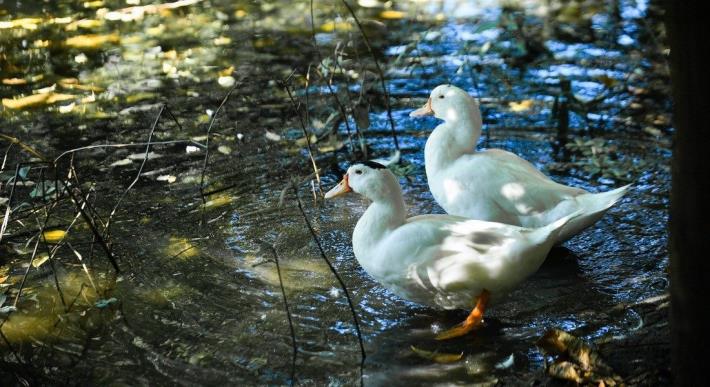
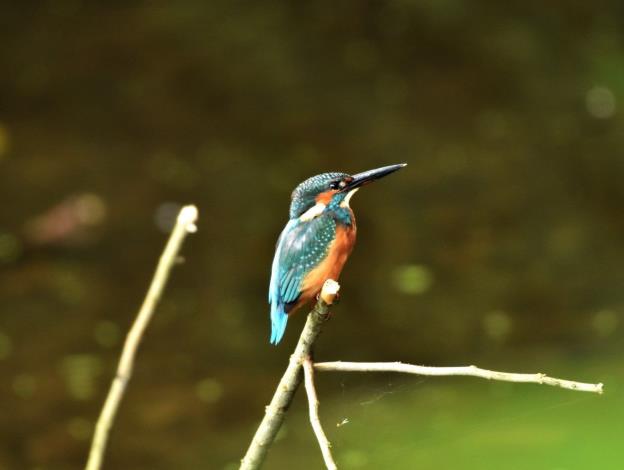
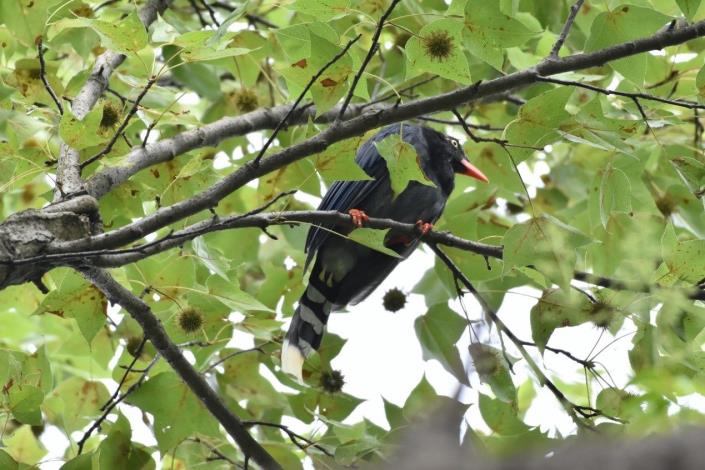
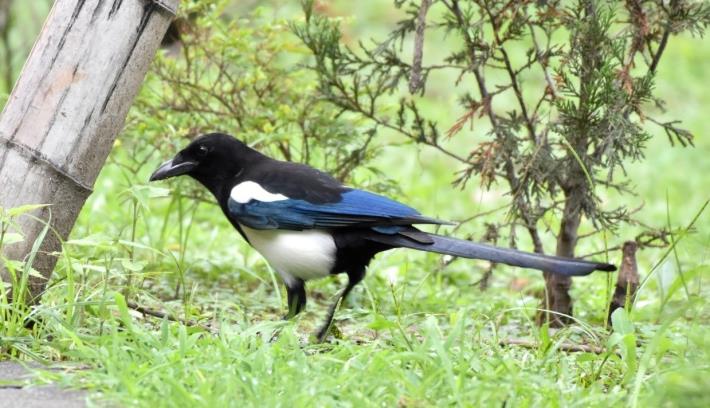

![Taiwan.gov.tw [ open a new window]](/images/egov.png)
